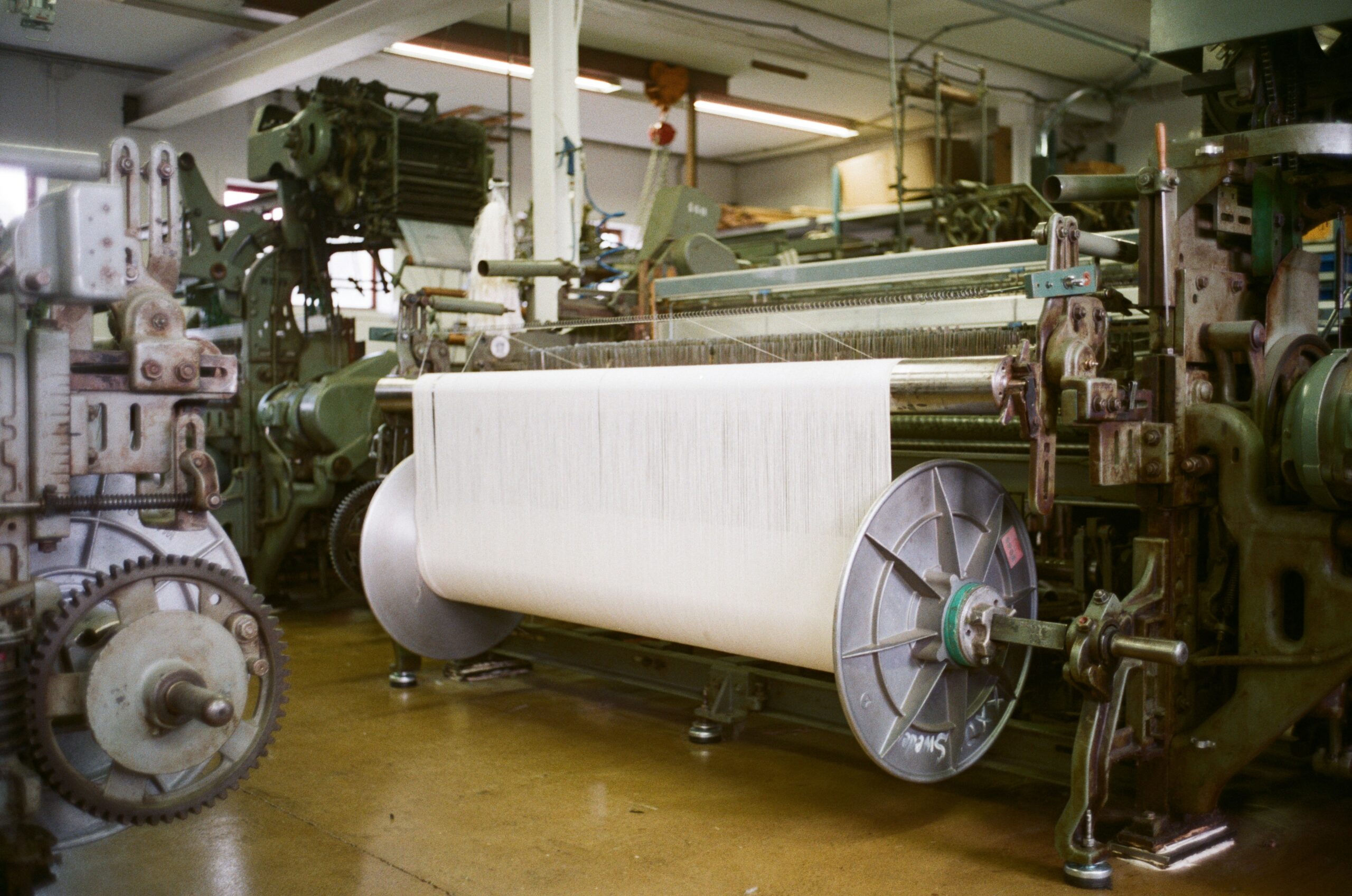
Repmold
Imagine a world where manufacturing processes not only meet consumer needs but also protect our planet. Enter Repmold, a revolutionary approach to sustainable manufacturing that merges cutting-edge technology with eco-friendly practices. As industries face increasing pressure to reduce their environmental footprint, Repmold emerges as a beacon of hope and innovation. This blog will take you on a journey through the principles of Repmold, showcasing how it transforms traditional manufacturing into an efficient and responsible powerhouse for businesses and the environment alike. Buckle up as we explore this game-changing concept!
The Importance of Sustainable Manufacturing
Sustainable manufacturing has emerged as a crucial element in today’s industrial landscape. It prioritizes eco-friendly practices that minimize waste and energy consumption.
As consumers become more environmentally conscious, businesses must adapt to these changing expectations. A commitment to sustainability enhances brand reputation and builds customer loyalty.
Moreover, sustainable manufacturing can lead to significant cost savings. By optimizing resources and reducing material waste, companies not only help the planet but also boost their bottom line.
The shift towards greener processes is no longer optional; it’s essential for competitiveness in the market. Industries embracing sustainability are setting themselves apart from those that continue traditional methods.
Investing in sustainable practices fosters innovation and opens doors to new opportunities within supply chains. The future of manufacturing hinges on this proactive approach to environmental stewardship, ensuring longevity for both businesses and our planet’s health.
How Repmold Utilizes Advanced Technology for Sustainability
Repmold stands out in the manufacturing sector by embracing cutting-edge technology. Its innovative processes integrate software and machinery to create eco-friendly products.
One key aspect is automation. By utilizing robotic systems, Repmold reduces waste during production. These machines operate with precision, ensuring every material is used efficiently.
Moreover, data analytics plays a crucial role. Real-time monitoring allows for adjustments that minimize energy consumption. This not only cuts costs but also lessens the environmental footprint of each project.
3D printing technology further enhances sustainability efforts at Repmold. It enables the production of complex designs without excess materials, leading to a more efficient use of resources.
Sustainable sourcing is at the heart of their operations. By selecting recycled or biodegradable materials, Repmold ensures that its entire supply chain aligns with green principles.
Case Studies of Successful Implementation of Repmold
Repmold has made significant strides in sustainable manufacturing through various successful case studies. One notable example is a partnership with an automotive parts manufacturer. By integrating Repmold’s technology, the company reduced material waste by 30%, while also enhancing production efficiency.
Another impressive implementation took place within the consumer electronics sector. A leading brand adopted Repmold’s processes to transition from traditional methods to eco-friendly alternatives. This resulted in a 25% decrease in carbon emissions and increased product life cycles.
A furniture design firm utilized Repmold’s innovative techniques to create modular designs that are both stylish and sustainable. They achieved a remarkable reduction in energy consumption during production, proving that sustainability can align seamlessly with modern aesthetics.
These examples highlight how diverse industries leverage Repmold for tangible benefits, setting new standards for responsible manufacturing practices worldwide.
Benefits of Repmold for Businesses and the Environment
Repmold presents a transformative approach to manufacturing, offering significant benefits for both businesses and the environment. By prioritizing sustainable practices, companies can reduce waste and lower their carbon footprint. This shift not only contributes positively to the planet but also enhances brand reputation.
For businesses, adopting Repmold means improved operational efficiency. Advanced technology streamlines production processes, resulting in cost savings over time. Using eco-friendly materials further opens avenues for innovation in product design.
The environmental impact is equally notable. With reduced resource consumption and minimized pollution, Repmold fosters a healthier ecosystem. As industries embrace this model, they play an essential role in combating climate change and preserving natural resources for future generations.
Incorporating these principles positions businesses as leaders in sustainability while appealing to environmentally conscious consumers who prioritize green initiatives.
Challenges and Solutions in Adopting Repmold
Adopting Repmold comes with a unique set of challenges. One major hurdle is the initial investment in technology and training. Businesses may hesitate to commit resources without clear short-term returns.
Another significant challenge lies in changing mindsets. Traditional manufacturing processes are deeply entrenched, making it difficult for teams to embrace new methods. Resistance can stem from fear of failure or uncertainty about the benefits of sustainable practices.
However, solutions exist to ease these transitions. Providing comprehensive training helps employees understand how Repmold operates and its long-term advantages.
Incentives can also motivate companies to adopt these technologies sooner rather than later. Grant programs or tax incentives could offset some costs while driving sustainability efforts forward.
By addressing concerns through education and support, businesses can better navigate the shift towards adopting Repmold methodologies effectively.
Future Outlook and Potential Impact of Repmold on the Manufacturing Industry
The future of Repmold in the manufacturing industry looks promising. As sustainability becomes a priority, companies are seeking innovative solutions to reduce their carbon footprint. Repmold stands out with its eco-friendly practices.
Advanced technologies within Repmold’s framework will likely drive efficiency and productivity forward. This means less waste and improved resource management for manufacturers.
As more businesses adopt these sustainable methods, we may see a shift in market dynamics. Companies embracing Repmold could gain a competitive edge while attracting environmentally conscious consumers.
Beyond immediate benefits, there’s potential for long-term environmental impact. A widespread move towards sustainable manufacturing can lead to significant reductions in pollution levels and better resource conservation.
This evolution indicates that integrating practices like those offered by Repmold is not just beneficial—it’s essential for future-proofing the industry against emerging challenges in climate change and regulatory pressures.
Conclusion
As we navigate the complexities of modern manufacturing, Repmold stands out as a beacon of sustainable practices. With its advanced technology, it paves the way for an eco-friendly approach that not only meets industry demands but also prioritizes environmental stewardship. The successful case studies illustrate how businesses can thrive while reducing their carbon footprint.
Adopting Repmold may come with its challenges, yet the solutions available make transition feasible and beneficial. Companies that embrace this innovative model position themselves at the forefront of a growing movement towards sustainability.
The potential impact of Repmold on the manufacturing sector is profound. As more organizations recognize the importance of environmentally conscious production methods, we can expect to see significant shifts in industry standards and consumer expectations alike. By investing in sustainable technologies today, businesses are ensuring a healthier planet for future generations—one molded by responsibility and innovation together.







